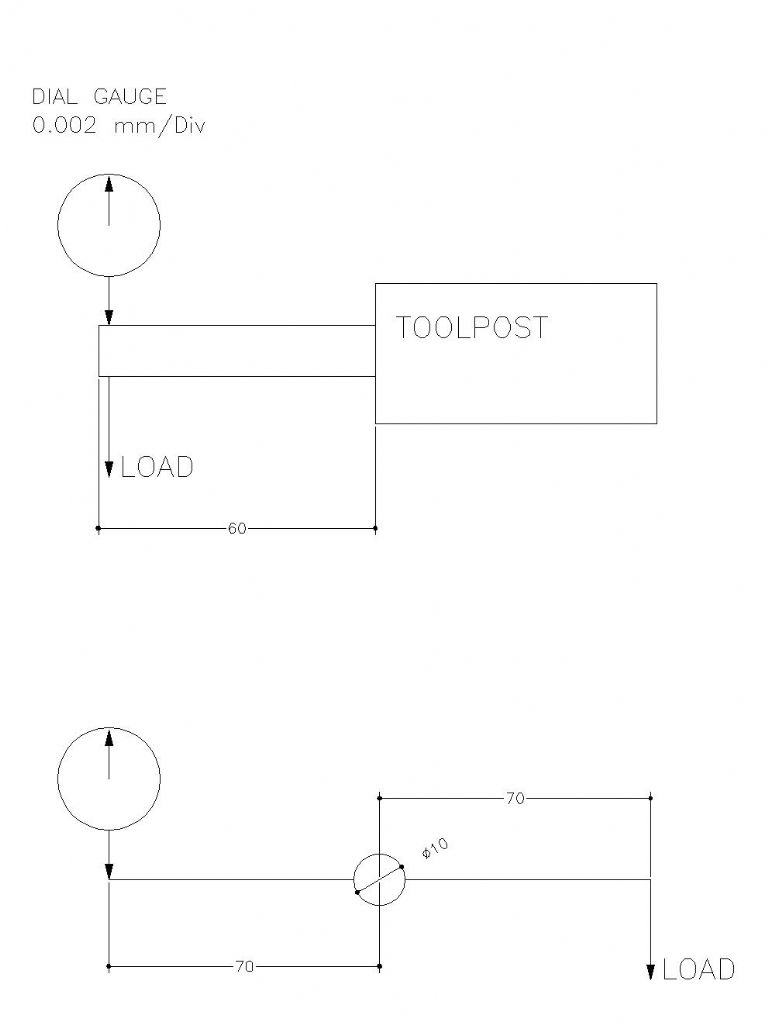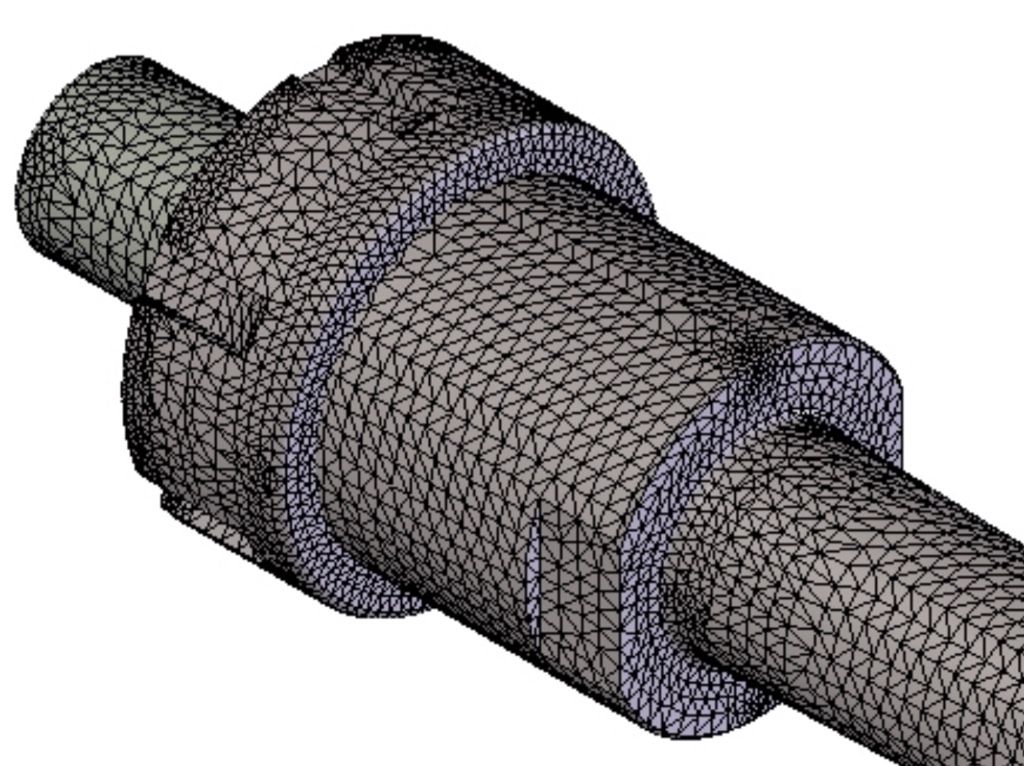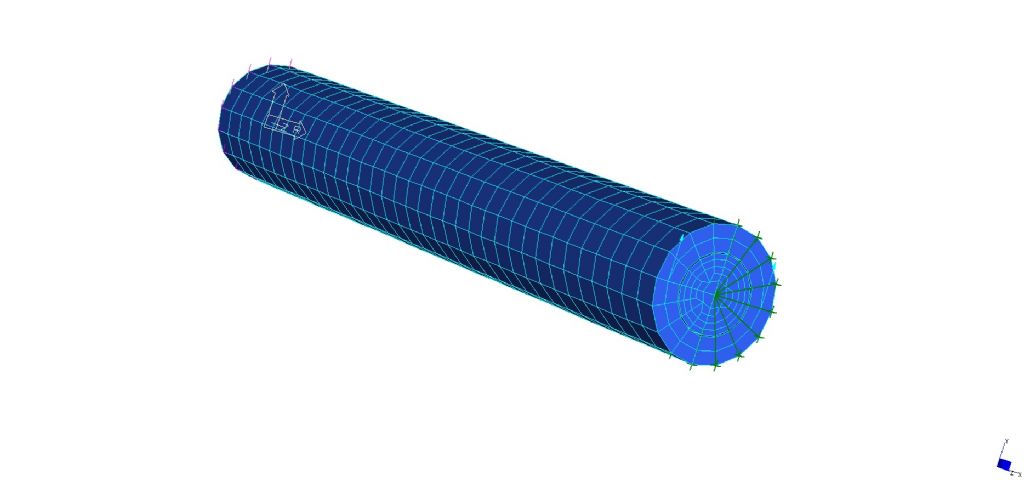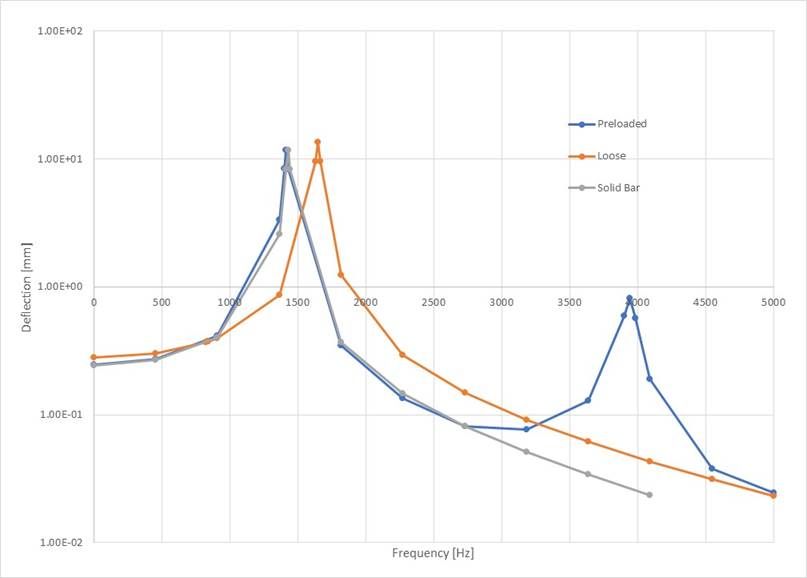I was going to let this run and not have any more input, but recent posts have brought in several misconceptions. Apologies to those who are already up to speed, but some basic definitions will not be out of place. Some of this has been said before in this thread, but will stand repetition.
Strength and stiffness are not the same thing. Strength is the ability of a material to support a load without taking on a permanent deformation (Yield Stress) or without breaking (Ultimate Tensile Stress). Stiffness is the relationship of load to extension within the elastic range. These are plainly not the same. As we are most unlikely to load a steel boring bar to the point where it takes on a permanent bend, we can concentrate on stiffness. To quote Raymond J Roark (Professor of Mechanics, Wisconsin University):
Modulus of elasticity (Young’s Modulus):- The rate of change of unit tensile or compressive stress with respect to unit tensile or compressive strain for the condition of uniaxial stress within the proportional limit. For most, but not all materials the modulus of elasticity is the same for tension and compression…….(page 9 4th edition, Formulas for Stress and Strain)
For steel, Young’s modulus is pretty much a straight line until the stress reaches the limit of proportionality. This is not far below the elastic limit (Yield Stress), so need not trouble us further. Soft materials (annealed copper, lead, zinc etc) have a curved relationship. Grey cast iron has flakes of graphite in its structure which allow the material to ‘gape’ under tension, so its Young’s modulus is tension is lower than that in compression. Then on page 23 Roark states:
All steels have the same E (Young’s modulus), K (bulk modulus) and G (shear modulus), these quantities being but little affected by composition or heat treatment.
This last isn’t quite correct, stainless steel is about 25% not iron, and has a slightly lower Young’s modulus (in the range 190/203 MN/m^2) compared with 207 for non stainless), but changing from EN3 to EN8 won't make any difference to stiffness.
For an explanation of all this in layman’s terms I recommend 2 books by J.E Gordon, Structures, or why things don’t fall down, and The new science of strong materials, or why we don’t fall through the floor. These should be required reading for engineering students. Roark’s book is the bible of stress calculation, my paper copy is ancient, I think it is up to at least edition 8, and has been revised by Warren C Young and Richard G Budynas, both professors at US universities (and made less understandable in the process). I have 7th edition as a pdf, but it's probably copywright.
 Michael Gilligan.
Michael Gilligan.







